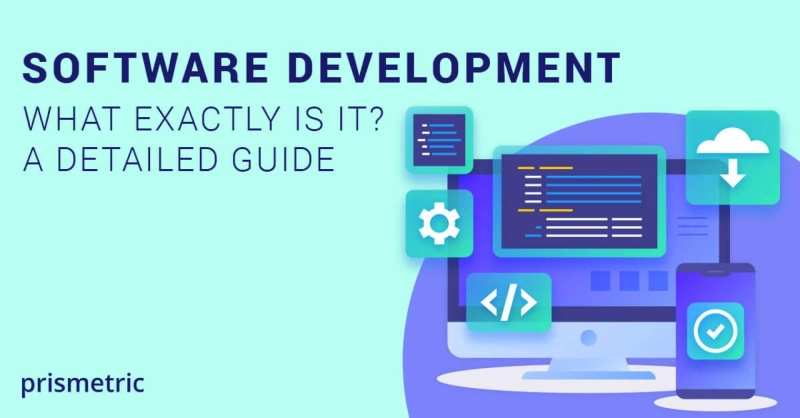1. Analysis and planning
The first step of the software development life cycle is planning. During the planning stage, the management of the business who wants to develop the software ponders over the following questions.
How will this software help the company achieve its goals?
Are sufficient resources available to complete this project, or will the company need to acquire new ones?
What shall be the deadline of the project?
How will the project fit in with the other goals and tasks of the company?
What will be the cost of building this software?
It is vital to include all the departments in the planning stage to ensure that the views of all the stakeholders are considered before the project kicks off. At the end of the planning phase, the goal is to have a clear idea regarding what is to be built, why, and how.
2. Understanding technical requirements
The next step would be to understand in detail the technical requirements of the project. The developers need to ponder over the following questions to identify the technical requirements of the project correctly.
What sort of data input/output is needed?
Will integration with other APIs or third-party tools be required?
How would the software handle security?
Once the developers are clear about these questions, they can decide the technology stack to develop the software. Many software development teams like to break down large tasks into smaller steps in this phase.
3. Design and prototyping
This is the phase where the designers come in. During the design and prototyping phase, the designers envision how the software will look like. The functionality and flow, along with the aesthetics of the software, are decided in this phase. Depending on the process that the developers follow, the designers would either prepare a full-fledged prototype or build wireframes to show how the design interactions of the software will appear and work. This phase helps the software developers validate the ideas and get valuable feedback before they start the actual coding process.
4. Software development
In this process, the developers prepare an SOW (Statement of Work) and the clients and proceed towards coding the software. The SOW is a document that includes the following things.
Objectives of the projectProject scopeMajor deliverablesTimeline for completion of workThe resources required to finish workPayment termsInternal and external standardsDifferent software development processes handle this stage differently. The goal of this stage is to build clean and efficient software by sticking to the SOW.
5. Testing
Robust testing ensures that the end-users do not get an erroneous and buggy software to use. First, most software developers test and remove bugs while developing. Then, another round of in-depth testing occurs wherein the product is released to a small beta test group. Testing might seem a tedious and time-consuming process, but it is a very important part of the SDLC.
6. Deployment
This is the stage where the software developers launch software to the users. The developers push their code into production at this stage . Many software companies use automated continuous deployment tools to finish this task.
7. Maintenance and updates
The SDLC is not over once the software is released. Understand that SDLC is a lifecycle; hence it is an ongoing process. The ending of one phase is the beginning of another. The same holds for post-launch as well. The customers’ needs evolve rapidly, and as more people use the software, they would find bugs and give feedback regarding the functionality and features of the software.
Methods of software development
Many different software development processes have evolved over the years. Selecting the right one depends upon the team developing the software and the requirements of the software. Let’s discuss the major software development processes.
Waterfall software development process
The waterfall software development process is one of the oldest methods of developing software. The waterfall process is also known as the classic lifecycle model of the linear sequential process. In the waterfall method, the developers need to follow every step sequentially before they move on to the other step. Many people see the waterfall method as a plan-driven process to complete projects.. This is why the process is called the waterfall process, as every section flows into the next section. In practice, some phases do overlap slightly as feedback and information are passed between the phases. The following are the different phases of the waterfall process.
PlanningUnderstanding requirementsDesignImplementationTestingDeploymentMaintenance/UpdatesThe waterfall method of software development is best suited for teams having rigid structures and documentation needs. Due to its rigid structure, the waterfall software development process is suitable only for those projects where the goal and technology stack is unlikely to change drastically. Many government organizations that require intricate planning and documentation find the waterfall process better for developing software.
Those companies who would like to be more dynamic with their software development process would not find the waterfall development process suitable to their needs. The lack of flexibility is the most significant drawback of the waterfall process. With the waterfall development process, it isn’t possible to build the MVP and make changes along the way.
continue reading: Software development - What exactly is it? a detailed guide


